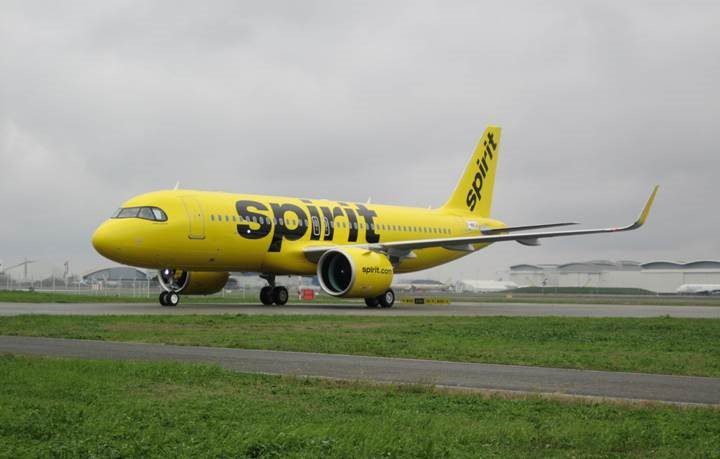
Spirit 31 Jan 2023
Spirit Airlines reduced its Q1 loss to $-103.9 million from $-194.7 million amidst various operating challenges. These included weather and aircraft shortages exacerbated by staffing shortages at air traffic control in Florida and Las Vegas. Spirit Airlines reduces Q1 loss amidst multiple challenges.
That doesn’t include this month’s flooding in Fort Lauderdale, which forced the airport to close for forty hours. Spirit was forced to cancel almost 600 flights, affecting travel plans for many of its customers and crew scheduling. The financial impact of some $8.5 million will be felt in Q2, preliminary from lost revenues. The airline points out that the quick recovery from this situation demonstrates that Spirit has improved its operational stability.
In Q1, Spirit generated $1.350 billion in total revenues compared to $967 million in 2022. Passenger revenues were $1.327 billion versus $950 million. Total revenues per available seat mile (TRASM) was 10.10 cents, up 24 percent on a capacity increase of thirteen percent. Revenues per passenger were up to over $127. The carrier is pleased with that as it continues an upward trend for revenue production. The load factor was 80.8 percent.
Operating expenses were $1.462 billion versus $1.178 billion, with the sharpest increases seen with distribution costs and fuel. Fuel costs were up 32.3 percent to $488 million, although Spirit has seen prices drop. The operating result was $-112.3 million compared to $211.5 million and the net loss of the aforementioned $-103.9 million. Liquidity stood at $1.7 billion.
GTF issues continue
Spirit continues to suffer from engine part shortages on its Pratt & Whitney Geared Turbofan-powered Airbus A320neos. This impacted Q1 capacity by 0.5 percent, notably in Latin America. “Unfortunately, there is no quick fix, but we do to see some improvements as we move throughout the year,” said CEO Ted Christie. Spirit intends to return Latin American capacity in Q2 to around twenty percent of its total network, with the engine situation slightly better.
The airline took delivery of five A320neos during Q1 and retired four A319s. The first A321neo will be delivered over the next week and enter service in June, with seven more expected before year-end. Spirit has 41 A321neos on order with 235 seats on board but has been notified by Airbus about delivery delays that will reduce its fleet-related Capex from $370 to $305 million.
Q2 outlook
Like other airlines, Spirit noted that its Q2 results would compare unfavorably against the “unusually robust” second quarter of 2022 when air travel witnessed a re-start after Omicron. Q2 in 2023 will see a normalized seasonality period like that seen pre-pandemic. Q2 revenues are guided between $1.46 and $1.48 billion, with capacity up seventeen percent year over year. Compared to 2019, TRASM will be up eleven to thirteen percent on a capacity increase of nearly thirty percent.
“For the second quarter of 2023, we estimate our operating margin will range between 4.5 to 6.5 percent. In this demanding environment, and with a declining fuel price in the second quarter of this year, the business at full utilization should be producing double-digit operating margins.” A new labor agreement with its flight attendants that was reached this month results in some $9.0 million in extra costs in Q2 and $24 million for the full year. Spirit expects to be profitable for the full year, having produced a $-554.2 million net loss in 2022.
One concern for the airline is pilot attrition. Although the situation did improve in Q1, attrition is still too high. Spirit expects to become more attractive for pilots thanks to a new labor agreement, recruitments, new pilot training, and its planned merger with JetBlue. However, this is still subject to approval from the court in October.
Views: 3



